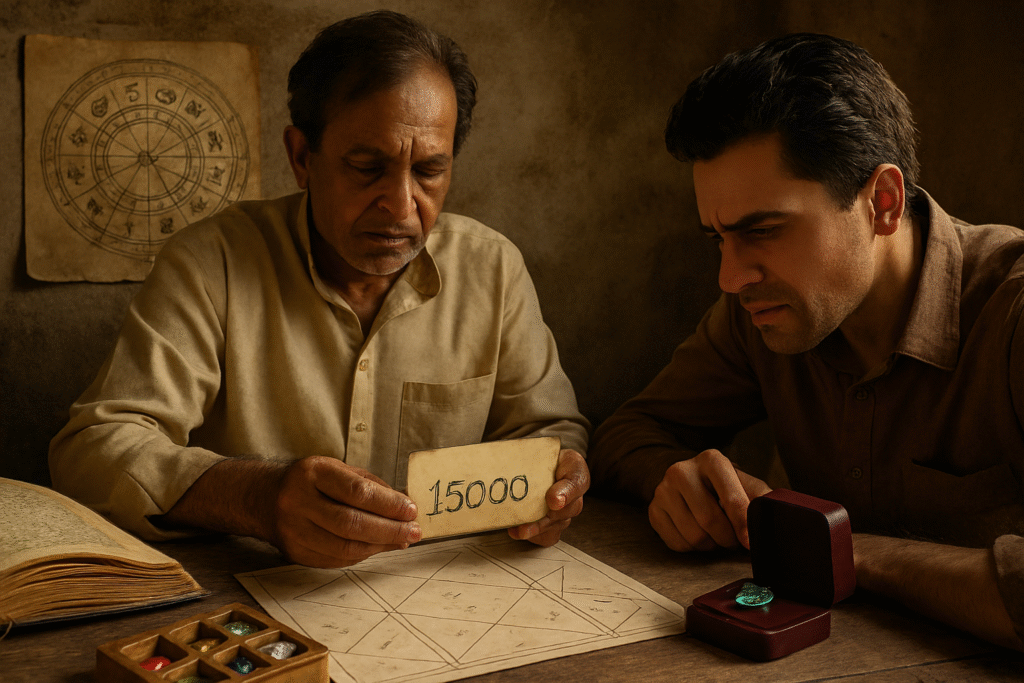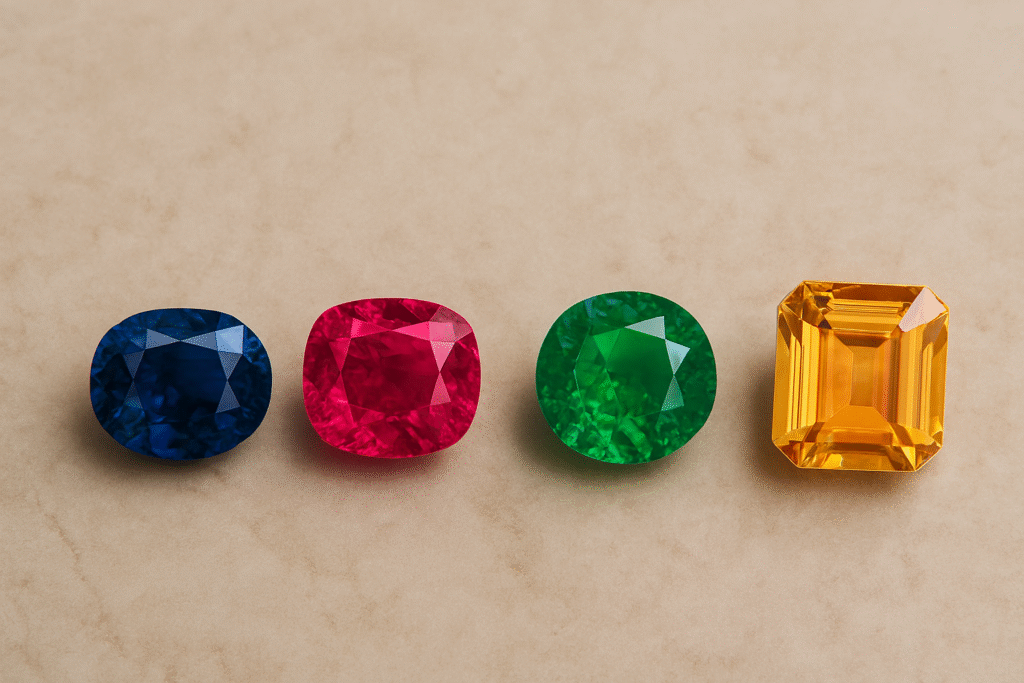Gemology Notebook Practice: Document Everything
Gemology notebook practice is the simplest way to grow your expertise.
Instead of relying on memory, write down every detail of the stones you examine—color, clarity, cut, luster, inclusions, and weight.
This habit builds a personal knowledge base that no textbook can replace.
Over time, your notebook becomes your most powerful tool.
“The key is consistency. A single page a day compounds into decades of gem knowledge.”
Why Gemology Notebook Practice Works
- Accuracy: Recording clarity, luster, and color reduces costly mistakes.
- Memory retention: Research shows people remember 70% more when they write notes.
- Pattern spotting: Notes help reveal trends across treatments and origins.
- Confidence: Written records provide evidence in buying and selling decisions.
See GIA’s gemstone education resources for further clarity on grading details.
Case Study
In 2023, a survey of Bangkok gem traders found that 64% credited gemology notebook practice with their ability to detect treated sapphires faster than peers who only relied on training.
Q&A: Building the Habit
Q: What details should go into my notebook?
A: Record stone type, weight, dimensions, color observations, clarity notes, inclusions, luster, and any known origin.
Q: Can digital tools replace handwritten notes?
A: Apps are useful, but handwritten notes sharpen your eye and memory more effectively.
Q: How often should I update my notebook?
A: Every time you handle a new stone. Even short notes and sketches add up.
What 40+ Years of Gemology Notebook Practice Taught Me
I’ve practiced gemology notebook habits for over 40 years. From Bombay and Jaipur in the 1980s to Cochin in Kerala today, my earliest notebooks still guide valuations and trade decisions.
Read the GIA article on Gemstone Color and Value to understand why consistent notetaking is critical.
Gemology notebook practice helps you record every stone’s details—color, clarity, luster, and weight. This builds a reliable knowledge base, sharpens memory, and reduces costly mistakes. Experts worldwide confirm this habit is the foundation of long-term success in gemology.
Introduction
This comprehensive Watch Buying Guide answers the most common questions about timepieces.
Whether you’re purchasing your first watch or adding to your collection, these expert insights help you make informed decisions.
From understanding movement types to choosing the right size for your wrist, you’ll find everything needed before making a purchase.
What Types of Watches Should You Consider? – Watch Buying Guide Insights
Understanding the five main categories helps narrow your options:
- Mechanical watches – Use springs and gears. No battery needed.
- Quartz watches – Battery-powered; most accurate.
- Automatic watches – Wind themselves from wrist movement.
- Digital watches – Display time numerically on a screen.
- Smartwatches – Connect to your phone and track fitness data.
Accuracy Expectations – Watch Buying Guide Tips
- Quartz watches – Lose about 15 seconds per month.
- Mechanical watches – Lose 20–40 seconds per day.
- Atomic watches – Lose 1 second every 100 million years.
- Your phone’s clock stays perfectly accurate.
Water Resistance Considerations
Water resistance ratings affect usage scenarios:
- 30m – Handles rain and handwashing
- 50m – Safe for swimming
- 100m – Suitable for snorkeling
- 200m+ – Scuba diving
Replace gaskets every 2–3 years to maintain resistance.
Maintenance Schedule – Watch Buying Guide Advice
- Quartz watches – Battery replacement every 1–3 years.
- Mechanical watches – Full service every 3–5 years.
- Service costs: $200–800 depending on the brand.
Watch for stopping, running fast/slow, or condensation under the crystal.
Pricing Strategy
- Budget watches – Plastic cases, basic movements
- Mid-range watches – Steel cases, reliable mechanisms
- Luxury watches – Precious metals, hand-finished details
Remember: craftsmanship, materials, and brand prestige drive prices.
Sizing Advice
- 6–7 inch wrists – 38–42mm
- 7–8 inch wrists – 40–44mm
- 8+ inch wrists – 42–46mm
Ensure lugs don’t overhang wrist edges.
Complications to Prioritize
- Date display – Useful daily
- GMT hand – Second time zone
- Chronograph – Stopwatch
- Moon phase – Decorative
- Annual calendar – Adjusts month lengths
More complications = more things that can break.
Maintenance Tips
- Clean with a soft cloth
- Avoid extreme temperatures & magnets
- Wind manual watches daily
- Use watch winders for automatics
- Don’t adjust date between 9 PM–3 AM
Investment Potential
- Most watches lose value after purchase
- Only select Rolex, Patek Philippe, Audemars Piguet models appreciate
- Vintage watches from 1960s–70s show strong growth
- Buy watches you enjoy wearing, not solely for investment
Essential Tools
- Spring bar tool
- Case back opener
- Soft polishing cloth
- Watch cushion
- Demagnetizer
Where to Purchase
- Online – Better selection, often cheaper
- Physical stores – Try before buying
- Authorized dealers – Full warranties
- Grey market – Discounts, limited warranty
- Forums/eBay – Vintage pieces, verify authenticity
Learn More:



